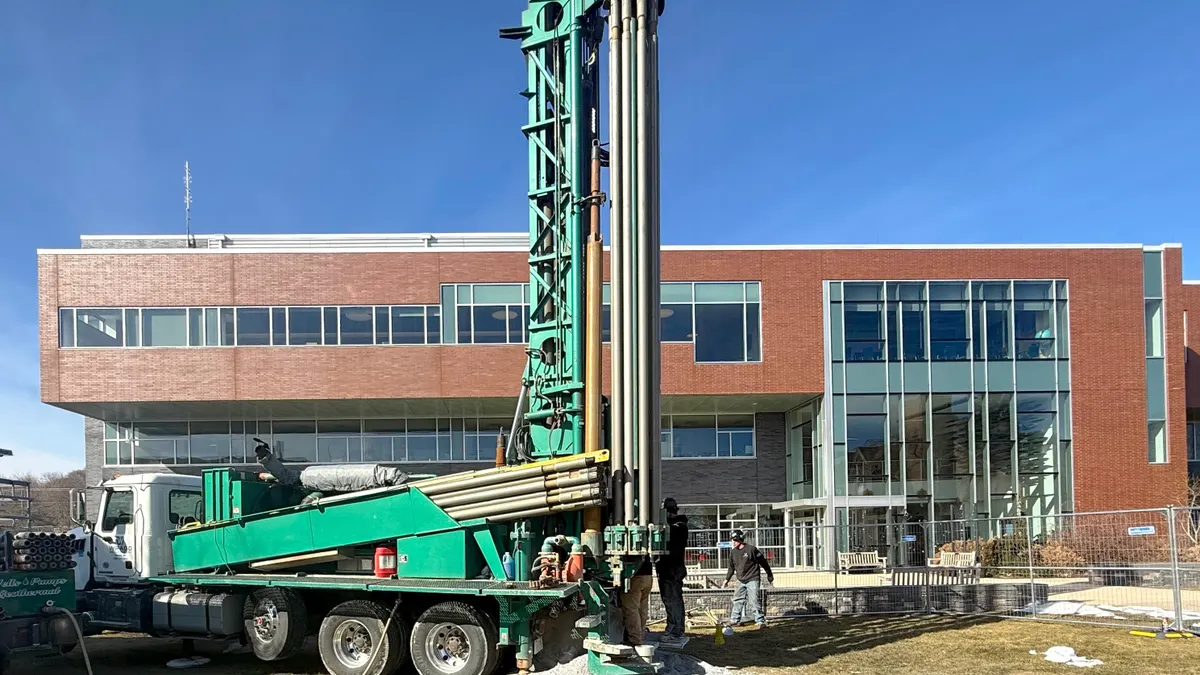SAVANNAH, Ga. – Facility managers can maximize resources and energy savings by focusing on targeted, small-scale HVAC interventions, according to a researcher at Stanford University.
By implementing a performance-based prioritization strategy, “you can get 80% of the benefit with 20% of the work,” said Joshua Neutel, a Ph.D. student at Stanford University, presenting Tuesday at Realcomm IBcon.
Following an extreme heat wave in Palo Alto in 2017, Stanford University depleted the amount of chilled water in its storage tank, requiring the institution to turn off cooling in entire buildings, Neutel said. To make sure that didn’t happen again, researchers, in collaboration with Stanford University’s operations team, conducted a study of 10 buildings to determine the amount of energy that could be saved by raising cooling set points to lower demand.
“The research question that the [facilities team] posed to us was, ‘How much energy can we actually save?’” Neutel said. “The plan was to flicker set points up and down, which would allow us to measure ahead of time what the reduction would be when we do the set point adjustments.”
In addition to looking at the set points, the team identified a large number of fault signals that were being generated by the building management system. “We identified 1,500 faults in one building alone,” Neutel said. “This is a big problem. There’s too many data streams and we can’t sort through all these issues. We also can’t send technicians to go fix all those issues, so we needed some way to prioritize.”
In response, the researchers examined the energy use of different rooms alongside the amount of faults coming from different zones. When they changed the cooling set points, they found that a large majority of zones that were driving energy savings were close to their cooling set points.
The researchers ran additional experiments that looked at adjusting set points in progressively smaller sets in different zones. “Basically we wanted to get zones that had the highest air flow and were closest to the cooling set points,” Neutel said. “Those are the ones we targeted, and we just kept going up and up that spectrum.”
They found that when they adjusted the set points in 20% to 40% of the zones, they saw 40% to 90% energy savings, depending on the building. When they adjusted 2% to 20% of the zones, they found between 30% to 50% of the savings. “The point is, you can get big savings with relatively few zones, and we proved that out with our experiments,” he said.
The team then examined zones based on two criteria: those that were cooling dominant and those with lots of faults. By looking at both energy use and the amount of faults coming from a zone, they could prioritize which areas to send teams to and where to make adjustments, Neutel said.
For example, if a room was sending lots of faults but wasn’t using much energy, it wouldn’t make sense for the operations team to spend resources resolving those issues. On the other hand, if a zone was using lots of energy but didn’t show any faults, then it was probably a room with high external heat gain — for example, a hallway with a big skylight — that could be excluded from sending cooling requests to the overarching system.
“The sweet spot is right in the middle,” Neutel said. “A zone that is dominant and faulty … are the ones that we care a lot about. These are faults that are possibly, likely, driving energy demand in the entire building, and we can fix these.”













